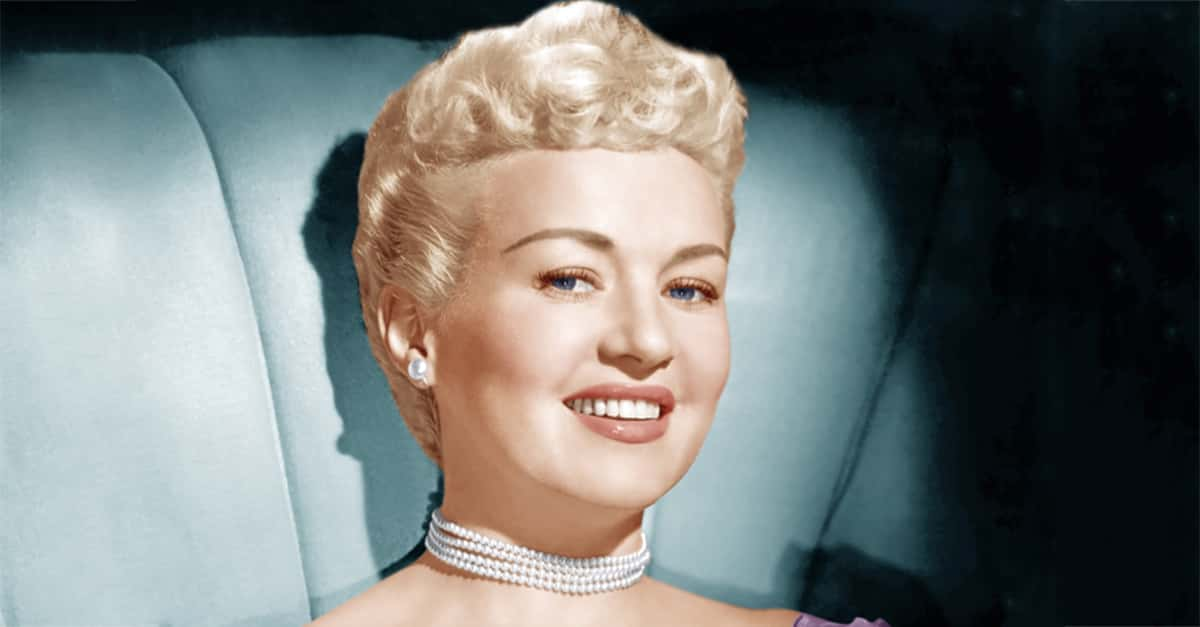A Star Dimmed Before His Time
There's nothing quite like a thrilling "overnight success" story. But when it comes to soul superstar Otis Redding, his meteoric rise to the top ended almost as quickly as it started.
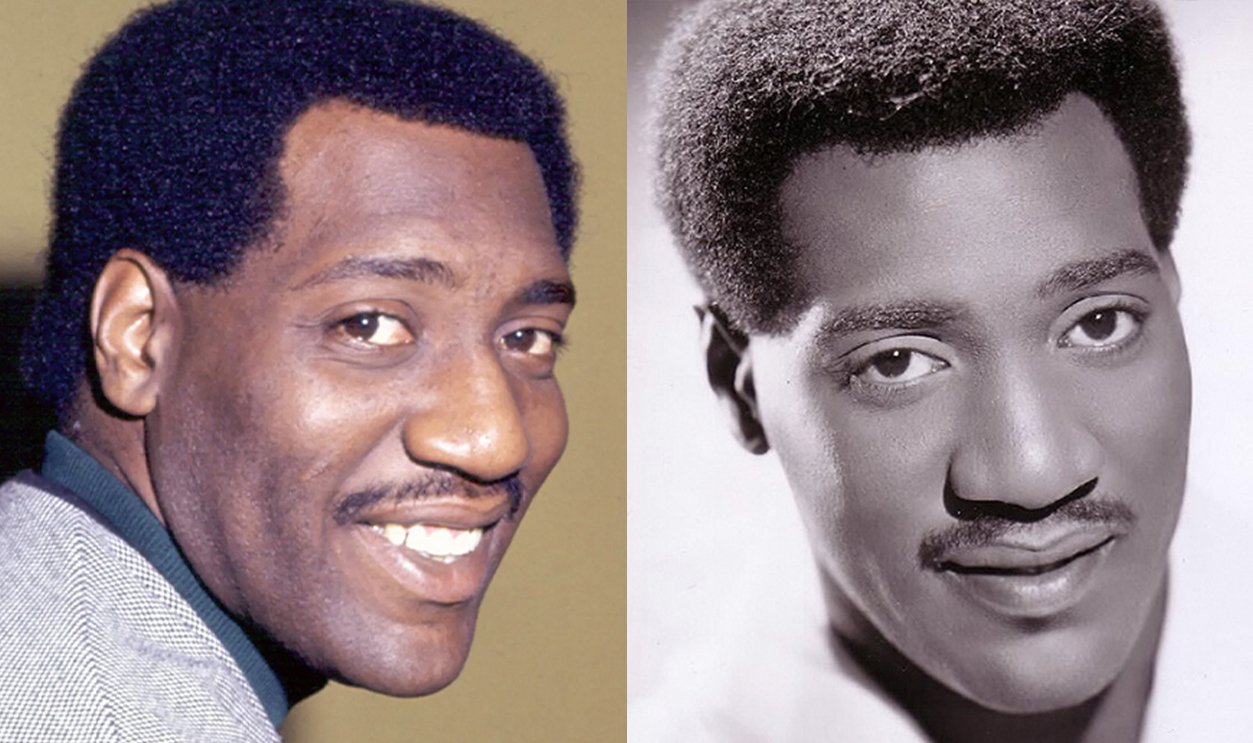
1. He Started With Nothing
Born in the American South in 1941, Otis Redding’s family didn’t have much to boast about. His father worked mainly as a sharecropper, which didn’t bring in much money for his mother and five siblings. However, Redding seemed to have some deep resolve, as even at a young age, he found his own special way to rise above.
 Michael Ochs Archives, Getty Images
Michael Ochs Archives, Getty Images
2. He Had A Deep Love Of Music
Redding started playing music in church as a child, developing his skills with multiple instruments. His parents noticed his talent—and when he was 10 years old, they placed him in singing and drum lessons. A bright future lay ahead of him, but unfortunately, extremely dark days loomed ahead.
 BBC, Otis Redding: Soul Ambassador (2013)
BBC, Otis Redding: Soul Ambassador (2013)
3. He Grew Up Fast
In the mid-1950s, disaster struck. Redding’s father became seriously ill with a case of tuberculosis. Still just a teenager, Redding suddenly found himself bearing the weight of being the oldest boy in his family, even though he was the fourth in the line-up of siblings. With his father in and out of the hospital, he ultimately made a decision no child should make.
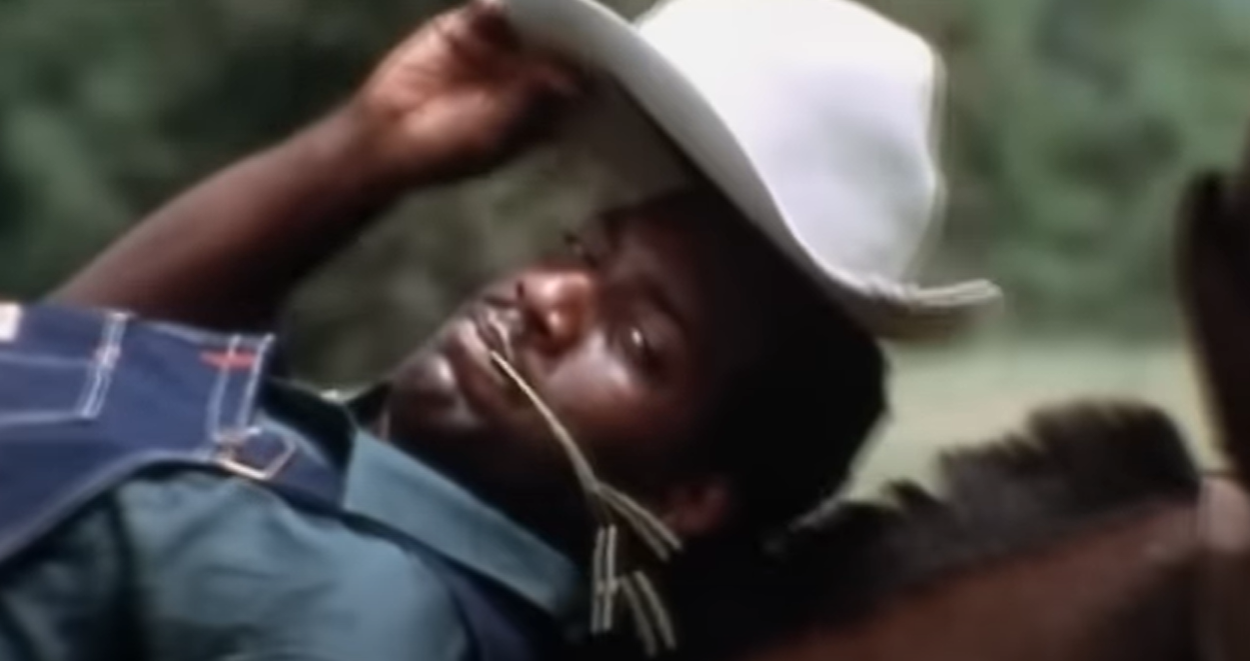 BBC, Otis Redding: Soul Ambassador (2013)
BBC, Otis Redding: Soul Ambassador (2013)
4. He Gave It Up
Redding officially dropped out of school at 15, shifting his focus squarely to taking care of his family financially. He took just about any job he could find, including the hard labor of digging wells. He didn’t forget the love he grew up with, though. Perhaps his rather taboo music idol played a role in his refusal to give it up completely.
 BBC, Otis Redding: Soul Ambassador (2013)
BBC, Otis Redding: Soul Ambassador (2013)
5. He Adored A Rebel
Though we might not consider him quite so offbeat today, Redding’s idol Little Richard led a rather controversial life back in the mid-1900s. Audiences couldn't deny his musical talent, but they didn’t feel as enamored with his “unorthodox” romantic or religious choices. Either way, it seems he sparkled just enough to encourage Redding to move forward.
 BBC, Otis Redding: Soul Ambassador (2013)
BBC, Otis Redding: Soul Ambassador (2013)
6. He Took Center Stage
Otis Redding's real rise to fame began in 1958 with a talent competition called “The Teenage Party”. Redding arranged to sing there, and seemingly pulled together a band to back him up. The band, however, didn’t quite play as well as their lead singer sang. Or at least, that’s what one famous musician on the scene decided. It changed everything.
 BBC, Otis Redding: Soul Ambassador (2013)
BBC, Otis Redding: Soul Ambassador (2013)
7. He Gave Him A Boost
By that time, left-handed guitarist Johnny Jenkins already held the spot of one of the very best musicians around town. He found Redding’s singing talent so compelling that he offered to replace his band. The rest, as they say, is history. He sang a Little Richard song and won the contest that night. He didn’t stop winning for 15 weeks.
 Michael Ochs Archives, Getty Images
Michael Ochs Archives, Getty Images
8. He Made A Run For It
Redding completely dominated the contest. He continued to enter weekly, and won every single week for the next three and a half months. The cash prize no doubt made a world of difference to him and his family. And luckily for him, cash didn’t turn out to be the only trophy he walked away from the contest with…
 BBC, Otis Redding: Soul Ambassador (2013)
BBC, Otis Redding: Soul Ambassador (2013)
9. He Fell In Love At First Sight
Reportedly, Redding first laid eyes on a 16-year-old Zelma Atwood during one of his gigs at “The Teenage Party”. Just a few years her senior, the two connected after the performance and decided to take a walk together. Sounds romantic, but it didn’t quite go as you’d probably imagine.
10. He Liked Them Feisty
According to Atwood’s version of events, that first conversation they shared actually turned into an argument quite quickly. She attributed that to her own gutsy personality. Either way, Redding liked what he saw because the two became inseparable. They became so inseparable, in fact, that they dove straight into a life-changing decision.
 BBC, Otis Redding: Soul Ambassador (2013)
BBC, Otis Redding: Soul Ambassador (2013)
11. They Got Busy
Just a year after meeting for the very first time, Redding and Atwood welcomed their first child, Dexter, to the world. Honestly, though, that’s not too surprising. I mean, what else would you expect from two teenagers in love? What you might not expect, though, is the next move they made together.
 BBC, Otis Redding: Soul Ambassador (2013)
BBC, Otis Redding: Soul Ambassador (2013)
12. They Went All The Way
Just a year after the birth of their first son, the young couple married. Most traditional families might settle down at just about this time, turning their attention to homemaking. But something unusual was happening for Redding on the career front. And when I say unusual, I mean something unusually amazing... for him, anyway.
 BBC, Otis Redding: Soul Ambassador (2013)
BBC, Otis Redding: Soul Ambassador (2013)
13. He Picked Up Steam
After all his wins at The Teenage Party, Redding began landing gig after gig. He eventually replaced the lead singer of Jenkins's band—but that wasn't all. He also replaced his idol in the Upsetters after Little Richard decided to pivot toward gospel music. He’d hit his stride—and judging by his next move, he felt ready to give up anything for the sake of his career.
 BBC, Otis Redding: Soul Ambassador (2013)
BBC, Otis Redding: Soul Ambassador (2013)
14. He Left Her Behind
Shortly after their marriage, Redding left his wife behind in their hometown to try his hand at making it big in starry Los Angeles. He got straight to work, making connections and getting his first songs recorded. He laid down tunes like “I’m Getting Hip” and “Gamma Lamma”. But even with his growth, it didn’t all come easy to him.
 BBC, Otis Redding: Soul Ambassador (2013)
BBC, Otis Redding: Soul Ambassador (2013)
15. He Was Stiff
If you’ve ever actually listened to any of Otis Redding’s soul music, you’ll probably be surprised to find out that he didn’t move well when he started out. Reportedly, he appeared rather stiff in his first performances, and seemed awkward. His tall stature only made this awkwardness more of a spectacle—but he definitely faced much more challenging issues during this time.
16. They Didn’t Want Him
Redding started his career in the midst of a very segregated America. Talented or not, he couldn’t just perform anywhere he wanted. In fact, he ended up touring what became known as the Chitlin’ Circuit. These music stops catered to Black entertainers and Black audiences. To hit big, he needed a miracle. And lucky for him, he got just that.
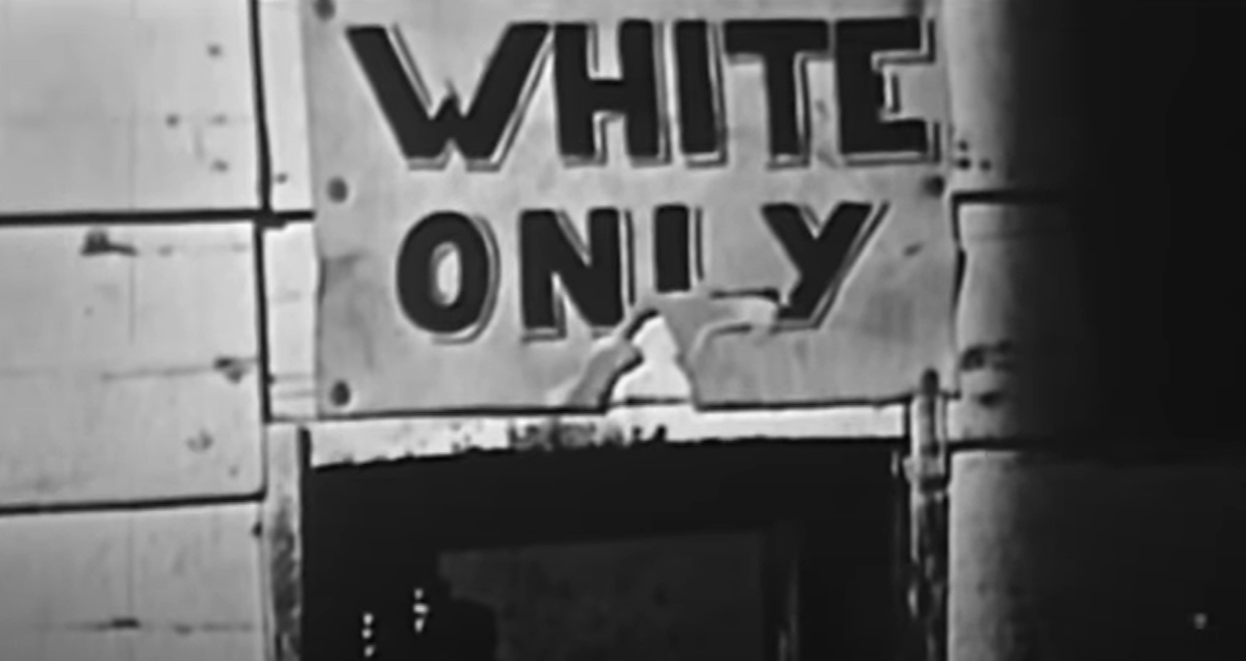 BBC, Otis Redding: Soul Ambassador (2013)
BBC, Otis Redding: Soul Ambassador (2013)
17. It Wasn’t His Moment
Redding’s big professional break ultimately came because he just happened to be in the right place at the right time (and with the right amount of talent). It began with him driving his then good friend and music associate, Jenkins, to a recording session at Stax Records in 1962. Things didn’t go as planned.
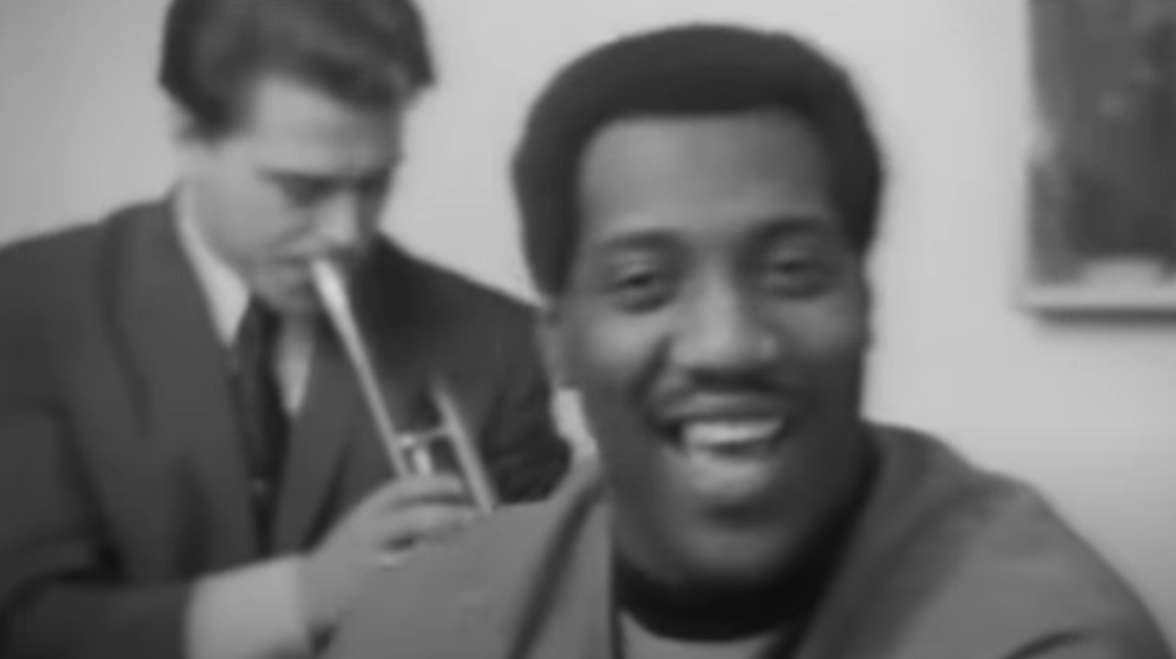 BBC, Otis Redding: Soul Ambassador (2013)
BBC, Otis Redding: Soul Ambassador (2013)
18. He Stole The Attention
Jenkins started his session, but things just didn’t come together for his recording. He ended his session early, seemingly counting it a loss. With a little extra recording time left, Redding stepped in to take advantage of it. Already writing songs, he brought two and stepped up to the booth ready. The first number hit a surprisingly sour note.
 BBC, Otis Redding: Soul Ambassador (2013)
BBC, Otis Redding: Soul Ambassador (2013)
19. He Tried Too Hard
Redding started with a song called “Hey Hey Baby”. The studio head, Jim Stewart, immediately shut him down. According to him, Redding’s rendition sounded way too similar to a Little Richard song. That’s no surprise, considering the way Redding idolized him. However, it seemed time for him to finally find his voice. The second time proved to be the charm!
 Sulfiati Magnuson, Getty Images
Sulfiati Magnuson, Getty Images
20. He Had His Moment
Redding's next song, “These Arms of Mine," became the song that changed the course of his career and skyrocketed him into music stardom. According to Stewart, “There was something different about the [the ballad]. He really poured his soul into it”. His soul and a whole lot of luck, if you ask me.
The release of the song that October turned his life upside down.
21. He Got His Hit
“These Arms of Mine” became a certified hit. It sold over 800,000 copies, and led to an entire album release the following year. But while he clearly showed promise, the path to the top didn’t come without its slips and slides back down the hill. In fact, right after this big success, he experienced what turned out to be a major music misstep.
 BBC, Otis Redding: Soul Ambassador (2013)
BBC, Otis Redding: Soul Ambassador (2013)
22. He Flopped
A song titled “Mary’s Little Lamb” became one of the next singles on Redding’s docket. He decided to try something a little different, adding both brass instruments and some background singers. His listeners hated it, turning it into one of his worst sellers overall. Even with that drawback, though, Redding picked himself up again—and it’s a good thing he did…
 BBC, Otis Redding: Soul Ambassador (2013)
BBC, Otis Redding: Soul Ambassador (2013)
23. He Hit His Stride
Otis Redding released his first full album in 1964, dubbing it Pain in My Heart. The album ranked on several music charts right away, including a run on the Billboard Hot 100. With his name now on the rise, he soon received opportunities to take his music to even more spaces. He came to learn, though, that all that glitters isn’t gold.
 BBC, Otis Redding: Soul Ambassador (2013)
BBC, Otis Redding: Soul Ambassador (2013)
24. He Thought He Made It
In the 1960s, the Apollo Theater served as an iconic spot for Black artists. So when Redding and his band landed a gig there, he likely felt like he’d made it. But things didn’t quite add up. Redding and the band received $400 every week for their work. In our time, that translates to almost $4,000 dollars. Sounds like a lot, except there was one pricey loophole.
 BBC, Otis Redding: Soul Ambassador (2013)
BBC, Otis Redding: Soul Ambassador (2013)
25. They Played Him
On the other end of things, Redding and the band found themselves forced to cough up $450 to cover performance expenses. In other words, they got played like total fools. By their own accounts, they even ended up staying in a “big old raggedy” hotel. But Redding seemingly turned out to be even luckier than anyone could imagine.
 BBC, Otis Redding: Soul Ambassador (2013)
BBC, Otis Redding: Soul Ambassador (2013)
26. He Found A Savior
Performing at the Apollo placed Redding in the presence of several very wealthy celebrities, such as boxer Muhammed Ali and singer/producer Ben E King. When King in particular heard about Redding’s situation, he gifted him some money to help him push through. And push through he did, right on to a star-studded future.
 Unknown author, CC BY-SA 3.0 NL, Wikimedia Commons
Unknown author, CC BY-SA 3.0 NL, Wikimedia Commons
27. He Made Being Sad Popular
Redding’s music picked up even more momentum as he continued singing his way into 1965. Despite a well-known DJ dubbing him “Mr Pitiful” because of his deep, lamenting songs, audiences loved every bit of it. And the more the audiences loved him, the more Redding worked—so much so, that he basically turned into a downright workaholic.
 BBC, Otis Redding: Soul Ambassador (2013)
BBC, Otis Redding: Soul Ambassador (2013)
28. He Worked Overtime
When working on his next album, Redding and his team supposedly recorded almost the entire album in one 24-hour period. Furthermore, he’d ultimately miss only two performances in his lifetime of fame. Perhaps he felt he needed to work twice as hard as his counterparts, and judging by the results, he probably thought right.
 BBC, Otis Redding: Soul Ambassador (2013)
BBC, Otis Redding: Soul Ambassador (2013)
29. He Loved The Money
By the late 1960s, Redding found himself absolutely rolling in dough. He spent a huge chunk of money on a 300-acre ranch in Georgia, where he housed his wife and children. While he spent most of his time on the road, his wife lovingly noted his frequent visits home to the family. Not all his purchases were quite so responsible, though.
 BBC, Otis Redding: Soul Ambassador (2013)
BBC, Otis Redding: Soul Ambassador (2013)
30. He Stayed Fresh
Reportedly, Otis Redding loved to look sharp. In fact, as making money became no obstacle for him, he amassed hundreds of fancy suits and pairs of shoes. And as he continued to release hit songs like “Respect” and “I’ve Been Loving You," he finally started drawing the attention of audiences he’d wanted to notice him all along.
 BBC, Otis Redding: Soul Ambassador (2013)
BBC, Otis Redding: Soul Ambassador (2013)
31. He Did It First
It seemed Redding knew white audiences could enjoy his music as well. With that in mind, he became one of the first soul artists to perform for American rock fans, who ended up loving him. It seemed he could do no wrong. Even so, some people still tried to prevent him from putting the realest version of himself on display.
 BBC, Otis Redding: Soul Ambassador (2013)
BBC, Otis Redding: Soul Ambassador (2013)
32. They Didn’t Want All Of Him
In 1966, Redding turned his attention to recording a song that both Bring Crosby and Frank Sinatra had already covered. You’d think that, by this time, he had earned the right to record any song his own way and show how well he could do with it. In what likely felt shocking, though, the publishers tried to stop him from doing it from a “negro perspective”. He did it anyway.
 Michael Ochs Archives, Getty Images
Michael Ochs Archives, Getty Images
33. He Left His Mark
Redding’s rendition of the song “Try A Little Tenderness” went on to become another one of his greatest and most lucrative successes. Furthermore, his version is arguably the one most people associate with the song. In short, Redding proved them wrong, and continued to prove people wrong as he released hit after hit.
34. He Went National
Over the next few years, Redding took his unique sounds to stages people never thought an artist like him ever could. He performed all across Europe to large audiences, and ultimately returned home to be one of the first Black artists to play to mostly white crowds. However, just at the peak of his greatness, a frightening health issue came out of nowhere.
 Michael Ochs Archives, Getty Image
Michael Ochs Archives, Getty Image
35. He Had to Stop
Near the end of 1967, doctors diagnosed Redding with larynx polyps. The growths on his vocal chords threatened to affect his most valuable tool at the time—his singing voice. Though he tried to handle things himself with natural methods, he eventually surrendered to getting surgery that September. But even not being able to sing for a while couldn’t really stop him.
 BBC, Otis Redding: Soul Ambassador (2013)
BBC, Otis Redding: Soul Ambassador (2013)
36. He Kept Going
Even though the surgery forced Redding into some downtime for recovery, he made use of the things he still could—like his creative prowess. He wrote over 30 songs during his two-week recovery. And when he felt well enough to return to singing, he brought a very fresh and unpredictable new sound with him.
 BBC, Otis Redding: Soul Ambassador (2013)
BBC, Otis Redding: Soul Ambassador (2013)
37. He Felt Different
Redding received fresh inspiration while in recovery, particularly from a Beatles Album called Sgt Pepper’s Lonely Heart Club Band. He wrote a new song with his writing partner, and wanted to record it with a sound more like that Beatles album. Unfortunately for him, just about everywhere he turned, it seemed everyone went against him.
 BBC, Otis Redding: Soul Ambassador (2013)
BBC, Otis Redding: Soul Ambassador (2013)
38. They Tried To Stop Him
It seemed like no one sided with him—not his production crew at Stax, his recording head, or even his wife. Redding paid them all no mind, though. He proceeded with recording the song "(Sittin' On) The Dock of the Bay," which reflected on the challenging year in the nation. The genius of the song eventually came to light, but not before the most shocking tragedy.
 University of College, Shutterstock
University of College, Shutterstock
39. They Got On Board
The day before Redding's ultimate tragedy was like any other. Redding and his bandmates worked in Cleveland, playing several concerts and appearing on television. The next day, they boarded Redding’s own plane, a Beechcraft H18, to head to Wisconsin for another gig. Perhaps the day itself tried to warn them.
 BBC, Otis Redding: Soul Ambassador (2013)
BBC, Otis Redding: Soul Ambassador (2013)
40. Everything Was Gray
Redding and his band boarded the flight despite the bad weather, including both rain and fog. According to reports, everything went fine in the beginning. But just a few miles from their destination, the flight began experiencing some type of trouble. And though the details remain hazy, one thing is certain—the plane crashed in Lake Monona.
41. Things Got Deadly
Though Redding and five members of his backing band—the Bar-Kays—boarded the plane, only one made it out alive—Ben Cauley. The only insight we have into Redding's final moments can be gleaned from Cauley's horrifying experience. According to the musician, he had been sleeping right before the plane began going down.
 Jack Vartoogian/Getty Images, Getty Images
Jack Vartoogian/Getty Images, Getty Images
42. His Final Moments Were Terrifying
Cauley remembered waking up and seeing Phalon Jones. Apparently, Jones looked out the plane's window and said, "Oh, no!" Cauley unbuckled his seatbelt—and that was his final memory before the accident. He managed to survive by floating on a seat cushion until help arrived.

43. Only One Band Member Survived
Unfortunately, Cauley couldn't swim. This meant that he wouldn't have been able to save his bandmates, even if he had the opportunity. The very next day, authorities confirmed the worst when they pulled Redding’s body up from the river. Only 26 years old at the time, his life screeched to a complete halt at the peak of his career.
44. They Lost Him
The shock of Redding’s passing quickly reached his many fans. It raised such a huge response that the family moved the funeral in order to accommodate more people being able to celebrate his life. The venue of his funeral overflowed with over 4,500 people. Even so, there was still just a little bit of his sparkle left to come out.
 BBC, Otis Redding: Soul Ambassador (2013)
BBC, Otis Redding: Soul Ambassador (2013)
45. He Made History
The last song he recorded, “(Sittin’ On) The Dock of the Bay," released the very next month. If you’ll remember, it’s the very same song it seemed none of his team wanted him to make. In a truly bittersweet twist, the song soared to the top of the charts. It turned out to be Redding’s first and only chart-topping single. And somehow, his rise still didn’t stop there.
46. He Had Some Backups
Reportedly, Redding passed with so many finished songs in his docket that the record company released several more albums after his passing. And while that seemed great for fans who wanted to hear their favorite artist, things for his team didn’t quite look so good. In fact, they made a most unfortunate discovery.
47. They Lost Their Moneymaker
As longtime partners with Redding and the very first to sign him, the executives at Stax Records found themselves in a sticky situation when they tried to renegotiate the distribution of his music. To their surprise, they found they didn’t even own his catalog, and never got the rights to his music back. But that wasn’t the only controversy to come out.
 Stax Records, Wikimedia Commons
Stax Records, Wikimedia Commons
48. They Wanted To Smear Him
As with several celebrities, many fans continued to write about Redding long after his passing. But unfortunately for his remaining family, especially his wife and four children, the stories they told didn’t always show Redding in a positive light. As a matter of fact, in one instance, it made him look quite the opposite of what he seemed to be.
 carlos corzo, CC BY-SA 3.0, Wikimedia Commons
carlos corzo, CC BY-SA 3.0, Wikimedia Commons
49. They Tore Him Down
In 2001, author Scott Freeman released a biography of Redding’s life. According to Freeman, not only was Redding not the hero his hometown made him out to be, but he also planned to get a divorce shortly before his passing. His widow fiercely refuted these claims, of course. But even with these allegations, nothing could keep Redding’s name in the dirt.
 BBC, Otis Redding: Soul Ambassador (2013)
BBC, Otis Redding: Soul Ambassador (2013)
50. He Kept Winning
After his passing, Redding won several music awards, including two Grammys, a Grammy Lifetime Achievement Award, and induction into several halls of fame. In 2002, his hometown in Georgia erected a statue in his honor. Forever titled “King of Soul," his music went on to inspire several other iconic artists.
51. He Became The Ultimate Icon
When he idolized Little Richard in his youth, Redding probably never imagined himself to be the artist many other musicians would look up to. And yet, several artists name him as one of their greatest inspirations, including huge names like Led Zeppelin, Al Green, and even Janis Joplin. His reach didn’t stop with celebrities, though.
 BBC, Otis Redding: Soul Ambassador (2013)
BBC, Otis Redding: Soul Ambassador (2013)
52. He Left A Legacy
Redding’s wife created the Otis Redding Foundation in 2007. The charitable organization continues to offer music resources to young people even now, and is currently run by his daughter. Though lost in an accident that shocked the world, Redding used his time on earth to leave an impact that continues to ripple throughout music today.













